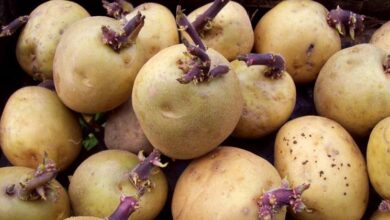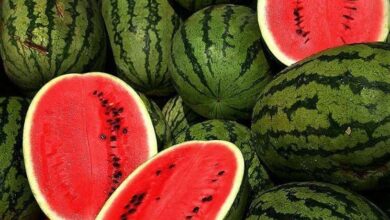Vegetable greenhouses
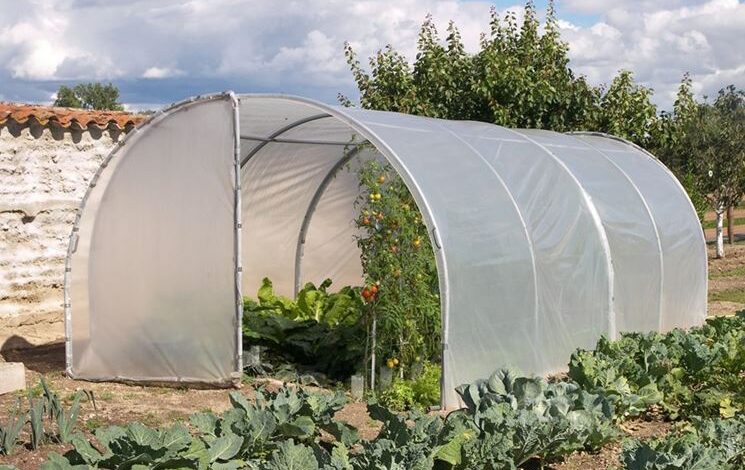
Greenhouses: advantages
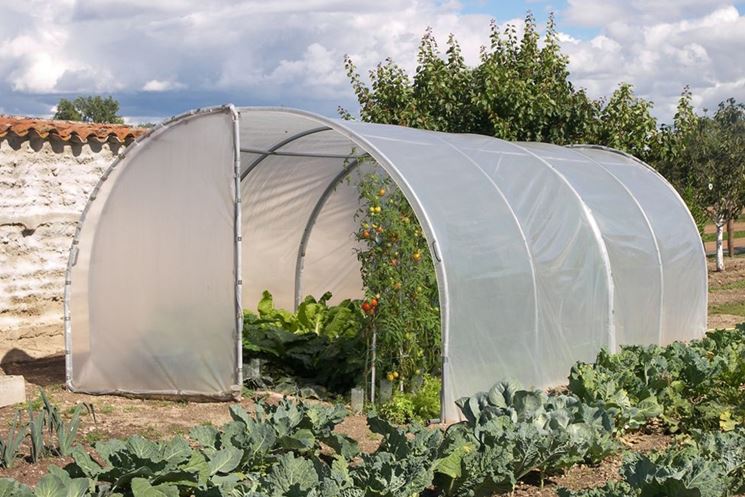
Greenhouses: functions
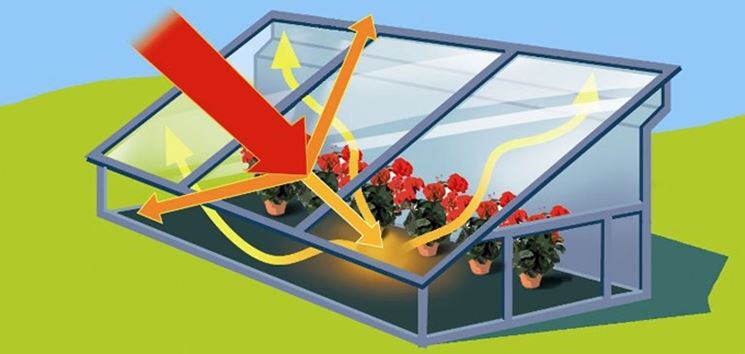
The function of a vegetable greenhouse is mainly to recreate a microclimate inside it to ensure that crops that are not suitable for the climate of our area can develop. In fact, if we live in an area with a temperate climate but tending to cold often and willingly, as for example in northern Italy, the cultivation of some types of plants that require warmer climates would be impossible without the use of garden greenhouses. The operation of the greenhouse is very simple. The covering layer, whether it is glass, Plexiglas or a transparent plastic sheet, makes sure that the sun’s rays that enter inside, once they «bounce» in the ground, cannot go out, but are instead reflected inside. of the greenhouse, thus increasing their calorific value,
Greenhouses: cold greenhouses
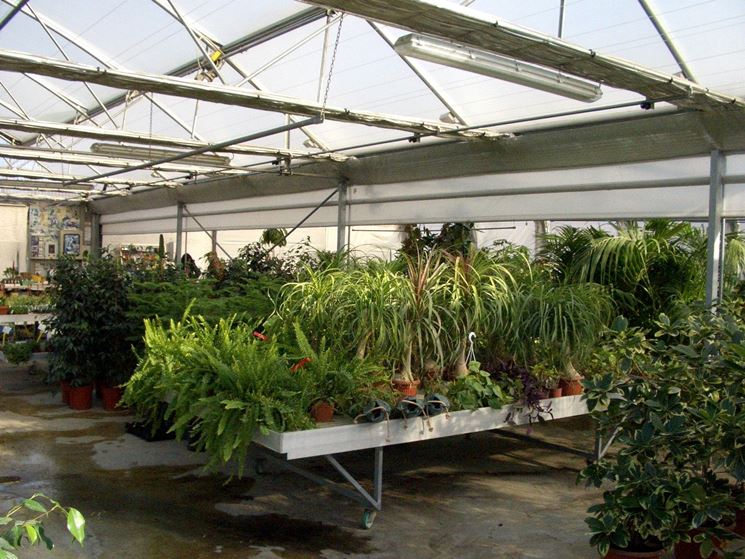
But what if, on the other hand, we live in an area that is too hot and would like to grow plants that need colder climates? The solution to this problem is to automate the greenhouse. Using a more complex greenhouse on a structural level, with a basic structure of iron or wood (not recommended) and Plexiglas panels; this type of greenhouses are mainly used for floriculture, but it is not certain that they cannot be used as garden greenhouses. In this type of greenhouse, there is the advantage that having a more solid structure, mechanisms can be applied that give the possibility of greater control of the internal microclimate. In fact, with the help of air conditioners that can heat or cool the air, and humidifiers, it is possible to grow any type of plant, from anywhere in the world, reproducing the perfect microclimate of the plant’s area of origin inside the greenhouse. Furthermore, in this type of greenhouse, it is possible to install such irrigation systems, which allow to create real artificial rains inside.
Greenhouses: Greenhouses: various types of structures
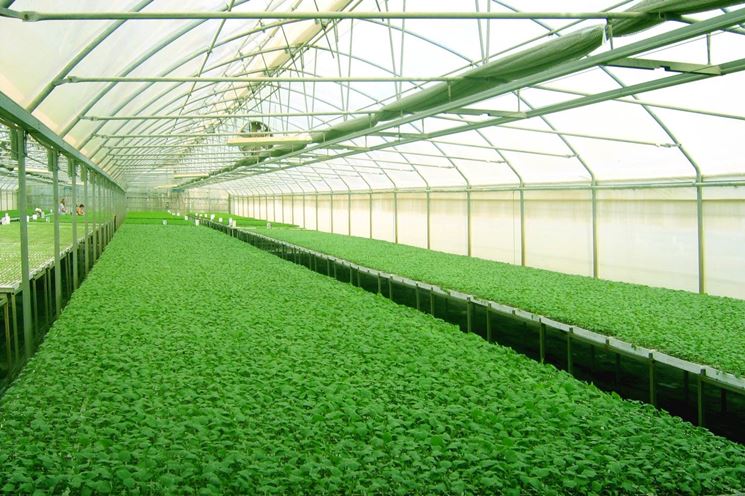
Whether we want to build the garden greenhouse ourselves or whether we want to buy it already made, we must first of all know the difference between the various types on a structural level. The most classic garden greenhouse used is the tunnel greenhouse. Cheap and simple, it is good for small gardens, but its resistance is very limited especially in windy areas. There are types of tunnel greenhouses, more sophisticated and complex, wind resistant and large enough for larger crops, but clearly, in this case the price of the greenhouse starts to rise, whether we build it ourselves or buy it already made. Whether a complex or simple tunnel greenhouse is used, the fundamental limitation of this type of greenhouse is the structural impossibility of being able to create automation systems.

